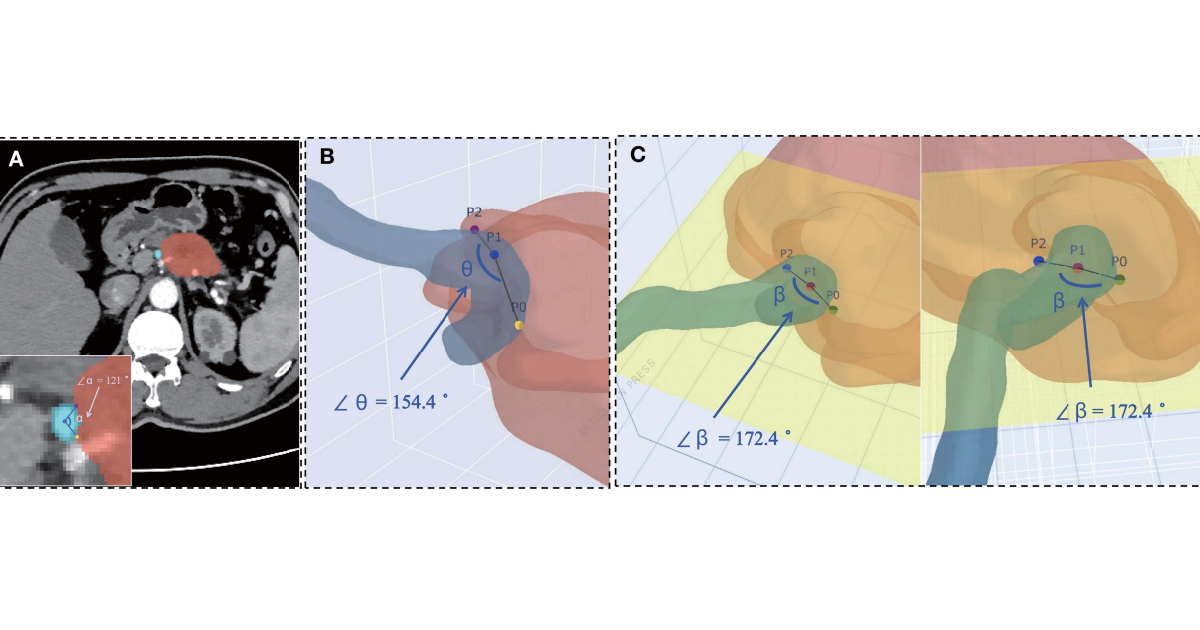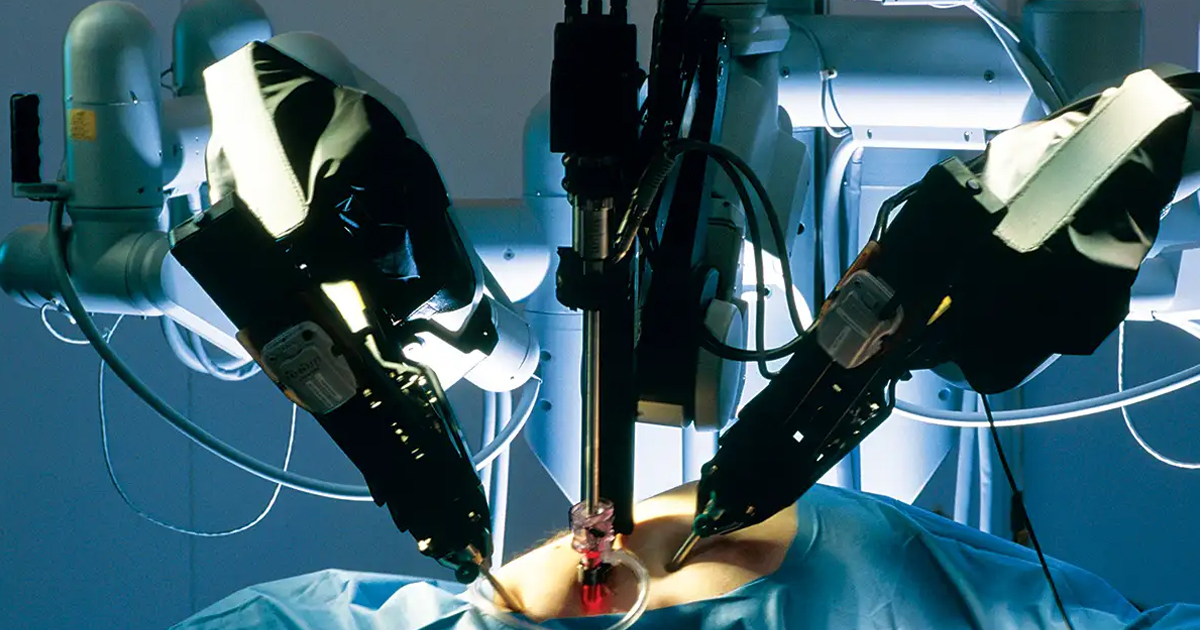Key points
- La tasa de filtrado glomerular (TFG) se refiere a la capacidad de los glomérulos para filtrar el plasma y formar el ultrafiltrado.
- La TFG es una herramienta utilizada en el diagnóstico, estadio, manejo de la enfermedad renal crónica (ERC), así como para calcular dosis de medicamentos y establecer un pronóstico o predecir mortalidad.
- The normal range of GFR in healthy patients is from 100 to 125 mL/min per 1.73 m2. While CKD is considered when we find a GFR level < 60 mL/min per 1.73 m2, o evidencia de daño renal (albuminuria) por más de 3 meses.
- Los métodos directos de medición son caros, invasivos y no están disponibles para todos, por lo que en la práctica clínica se recomiendan los métodos indirectos o estimados a partir de la concentración de sustancias endógenas. De éstas las más utilizadas son la creatinina y la Cistatina C.
- Creatinine:
- Advantage: bajo costo, prueba fácil de obtener y realizar, poco tiempo, poco invasiva.
- Disadvantages: tiende a sobreestimar la TFG (a menor nivel, mayor sobreestimación). Factores que pueden alterar su resultado: estado de salud, composición corporal (masa muscular), dieta, actividad física, medicamentos.
- Cystatin C:
- Advantage: mayor precisión que la creatinina. Menos influenciado por factores externos como edad, género y raza. Factores que pueden alterar su resultado: inflamación, obesidad, alteraciones tiroideas.
- Disadvantages: Higher cost.
- La recomendación es que las ecuaciones más utilizadas para estimar la TFG a partir de la creatinina sean la CKD-PPE (Chronic Kidney Disease Epidemiology Collaboration) en adultos y la CKiD (CKD in Children Schwartz “bedside”) en niños.
- Cockcroft-Gault: underestimates GFR, is unreliable in older adults, patients with obesity, and edematous states.
- Fórmula MDRD: subestima la TFG, mientras mayor es la TFG más la subestima.
- Cuando se requiere un examen confirmatorio, se sugiere utilizar recolección de orina de 24 horas para medición de depuración de creatinina, urea y albumina.
https://www.ajkd.org/article/S0272-6386(21)00707-1/fulltext
https://www.senefro.org/modules.php?name=calcfg
https://www.kidney.org/professionals/kdoqi/gfr_calculatorped
Este contenido es creación de PAES PROVITA S DE RL







